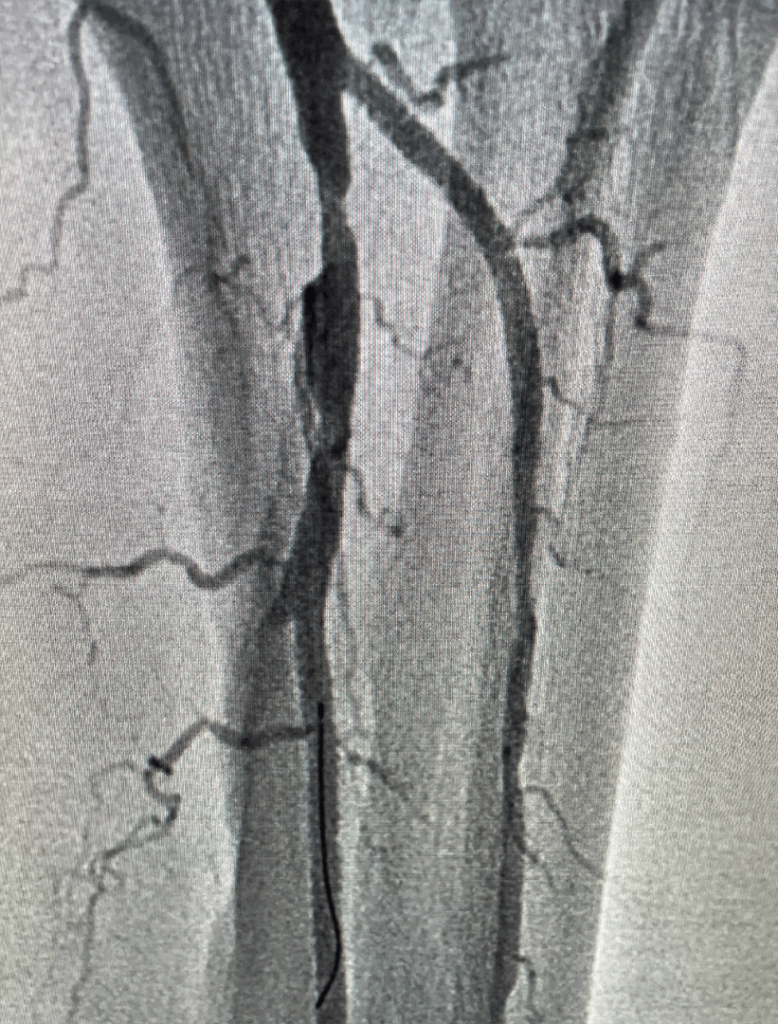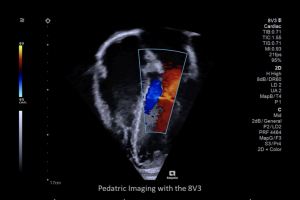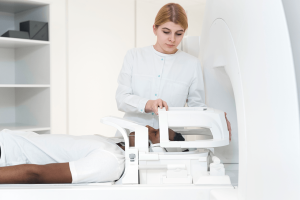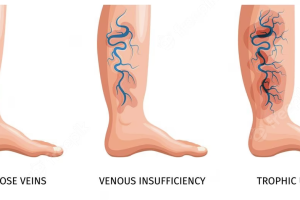The heart never takes a break. The heart is a strong muscle that never stops exercising, not for a minute. Every minute it needs blood, nourishment and oxygen. At Amarillo Heart Institute, we understand the importance of keeping your heart healthy and functioning at its best. We believe that a healthy heart is the foundation of a healthy life, and our goal is to provide you with all you need to achieve optimal heart health, a happier heart.
Iliac Vein angioplasty & stent
Iliac vein angioplasty and stenting is a minimally invasive procedure used to treat blockages or narrowing in the iliac veins, which are the large veins located in the pelvis that return blood from the legs to the heart. This procedure is often used to treat a condition known as iliac vein compression syndrome, also called May-Thurner syndrome, which occurs when the iliac vein is compressed by the adjacent artery, causing blood flow to slow down or become obstructed.
Iliac Vein Angioplasty & Stent procedure

The procedure involves inserting a small, flexible catheter into the femoral vein in the groin, and threading it up to the site of the blockage in the iliac vein using X-ray guidance. Once the catheter is in place, a small balloon at the tip of the catheter is inflated to widen the narrowed area of the vein, a process known as angioplasty. In some cases, a stent (a small, metal mesh tube) may also be inserted into the vein to help keep it open after the angioplasty.
Iliac vein angioplasty and stenting is typically performed under local anesthesia and does not require a hospital stay, with most patients able to return to normal activities within a few days. It is a safe and effective treatment option for iliac vein compression syndrome, with high success rates and low complication rates.
However, like any medical procedure, iliac vein angioplasty and stenting may carry some risks, including bleeding, infection, blood clots, and damage to the vein or surrounding tissue. It is important to discuss the benefits and risks of the procedure with a healthcare provider to determine if it is the right treatment option for an individual’s specific medical condition.
May-thurner syndrome
May-Thurner syndrome, also known as iliac vein compression syndrome, is a condition where the left iliac vein, which is the main vein that drains blood from the left leg, is compressed by the adjacent right iliac artery, leading to a narrowing or blockage in the vein. This can result in reduced blood flow from the leg back to the heart, leading to swelling, pain, and other symptoms.
May-Thurner syndrome is a relatively rare condition, and its exact prevalence is not known. It is more common in women than men, and it usually develops between the ages of 20 and 50 years old. The exact cause of May-Thurner syndrome is not known, but it is thought to be related to the anatomy of the iliac vein and artery in the pelvis.
Symptoms of May-Thurner syndrome can vary widely, but they typically involve pain, swelling, and discomfort in the affected leg. Other common symptoms may include:
Leg pain that worsens with standing or walking
Swelling in the leg, ankle, or foot
Fatigue or heaviness in the leg
Skin discoloration or redness in the leg
Varicose veins or spider veins in the leg
how to diagnose
May-Thurner syndrome, is typically diagnosed using a combination of imaging tests and a review of a patient’s medical history and symptoms.
- Medical history: A healthcare provider will typically begin by taking a patient’s medical history and conducting a physical exam to look for signs of swelling, pain, or other symptoms in the legs.
- Imaging tests: Imaging tests are used to confirm the presence of a blockage or narrowing in the iliac vein. These tests may include:
- Ultrasound: A non-invasive test that uses sound waves to create images of the veins in the legs.
- Magnetic resonance imaging (MRI): A test that uses magnetic fields and radio waves to create detailed images of the veins and arteries in the body.
- Computed tomography (CT) scan: A test that uses X-rays to create detailed images of the veins and arteries in the body.
If imaging tests confirm the presence of a blockage or narrowing in the iliac vein, additional tests may be performed to determine the extent of the blockage and to help guide treatment options.










